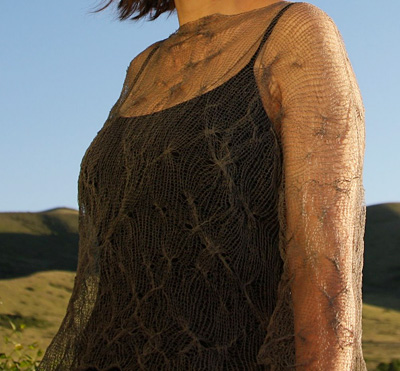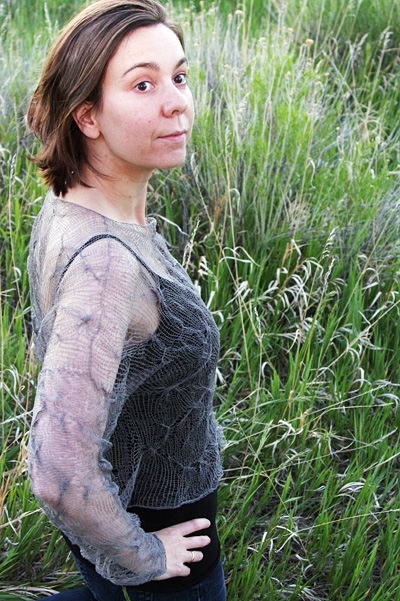  Download the
Excel file for your size. Download the
Excel file for your size.
It uses random numbers
to create a unique pattern every time you open,
print, or change it. No row is dependent on
any other row, so it’s fine to start
knitting, then reopen the file and continue
under the new version.
If you reload the pattern
in the middle of a row and the new directions
don’t quite fit, don’t worry about
it; just make a cable or two somewhere in the
row and keep going.
If you are unable to use the Excel spreadsheets,
download and print the PDF file for your size.
We saved one instance of the spreadsheet for
each size, so the numbers in each pdf are the
numbers that were generated when we opened
the spreadsheets; they were not specifically
chosen. If you don't like the way the numbers
are working up, change them as you see fit.
  The cable abbreviations in this pattern are
written in the form n-front-m and n-back-m,
where n and m are numbers between 1 and 9.
They are worked as follows: The cable abbreviations in this pattern are
written in the form n-front-m and n-back-m,
where n and m are numbers between 1 and 9.
They are worked as follows:
n-front-m:
Slip next n stitches to cable
needle and hold to front of work; knit m stitches
from working needle, then knit n stitches from
cable needle.
n-back-m:
Slip next
n stitches to cable needle and hold to back
of work; knit m stitches from working needle,
then knit n stitches from cable needle.
Using the Excel file or the PDF file below
for your size, make two sleeves, a front, and
a back. The front and back are the same shape.
Editor's note: This is a fun, unorthodox
approach to the creation of a truly random-numbered
pattern. The spreadsheet can be opened with
Excel as well as a number of free utilities,
including Google
Docs.
Just type "open
.xls files" into
the box on our search
page and
you'll find an assortment of options to try.
Please use caution when downloading applications
from the Internet. Knitty
provides this information only to assist you.
Knitty and the designer of this pattern are
not responsible for technical support and are
not responsible if your computer should blow
up, self destruct or anything else as a result
of the use of this spreadsheet or any application
you use to open it. Knit safe, people.
If you
are unable to use the Excel spreadsheet, the
PDF version will also give you great results
with about as little fuss as is possible when
it comes to technology.
|

